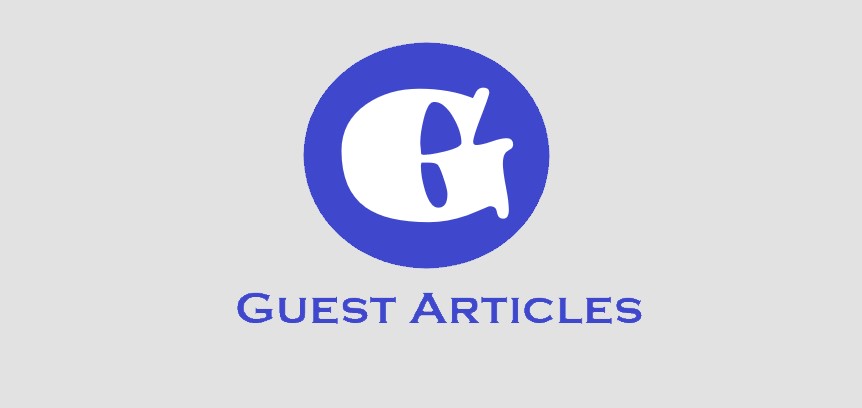Saving money in a conventional savings account often seems more out of necessity than strategic planning due to the historically low interest rates. However, with a bit of knowledge and the right approach, you can make your savings work harder for you. Here are detailed steps on how to maximize your savings account interest in the U.S.:
The Importance of High-Yield Savings Accounts
Before diving into strategies, it’s essential to understand that not all savings accounts are created equal. Traditional big bank branch savings accounts often offer paltry interest rates, sometimes even less than 0.01% APY. In contrast, opting for a high-yield savings account can significantly boost your earning potential:
- Check Online and Credit Unions: Online banks and smaller credit unions generally offer higher APYs because they have lower overhead costs. Look for institutions known for their competitive rates like Ally, Marcus by Goldman Sachs, or local credit unions.
- Competitive Promotions: Sometimes, banks offer sign-up bonuses or promotional rates. Keep an eye out for special offers where you can lock in a higher rate for an initial period.
Strategies to Enhance Interest Earnings
1. Shop Around for the Best Rates
The first step in maximizing your savings interest is to ensure you're with an institution offering one of the highest rates available:
- Use comparison tools like Bankrate or NerdWallet to identify high-yield accounts.
- Remember, rates can be variable; thus, periodically checking other providers might lead to switching accounts for better rates.
2. Understand and Utilize Compound Interest
The magic of compound interest comes from earning interest not just on your initial deposit but also on the interest accumulated over time:
- Opt for accounts that compound interest daily or monthly rather than annually or quarterly.
- Calculate potential earnings with compound interest calculators to see how compounding frequency impacts growth.
3. Automate Your Savings
Automate your savings to ensure regular contributions, which can lead to better interest compounding:
- Set up direct deposits or automatic transfers from your checking to your savings account.
- Consider scheduling transfers after your paycheck hits to keep the cycle short.
4. Explore Money Market Accounts
Money market accounts (MMAs) often provide higher interest rates than regular savings accounts along with check-writing privileges and debit cards:
- MMAs require higher minimum balances, but in return, you can earn competitive yields.
5. Tiered Interest Rate Benefits
Some accounts offer tiered interest rates where higher balances earn higher annual percentage yields (APYs):
- If possible, save up to the next tier threshold to benefit from increased rates.
- Be aware of the exact tier cutoffs and plan your savings strategy around these.
6. Stay Vigilant About Bank Fees
Fees can erode your earnings:
- Choose banks with no maintenance fees or ways to waive them, like maintaining a minimum balance or setting up direct deposit.
- Be wary of monthly fees for MMAs if you're planning to keep your balance high.
7. Reinvest CDs and Savings Bonds
Consider certificates of deposit (CDs) for part of your savings for fixed interest rates:
- CDs offer fixed rates which are often higher than regular savings accounts, but they lock your money for a term.
- Use CDs for money you won’t need in the short term, and remember to ladder them for flexibility.
8. Monitor Interest Rates
Interest rates on savings accounts can change:
- Track Federal Reserve rate decisions which can influence banks to alter their savings rates.
- Be ready to move your money if your bank consistently offers lower rates than competitors.
9. Tax Considerations
Interest earned from savings accounts is taxed as ordinary income:
- Consider tax-efficient saving strategies or consult with a financial advisor to minimize tax impact.
- If applicable, place some of your savings in a tax-deferred account like an IRA if you're saving towards retirement.
10. Avoid Withdrawals
Keeping your money in the savings account as long as possible maximizes compound interest:
- Emergency funds should be kept in accounts where you won't gain the best rates but should be easily accessible.
- Set up an emergency fund in a separate account if you need to withdraw often from your primary savings.
Conclusion
Maximizing interest from your savings account in the U.S. involves more than just plopping money into an account and forgetting about it. Active management, staying informed about banking trends, and strategically choosing where to place your money can significantly boost your returns. Remember, every little bit adds up over time due to the power of compound interest. By following these steps, you can ensure that your savings are not only safe but are also working as hard as possible to grow your wealth.
